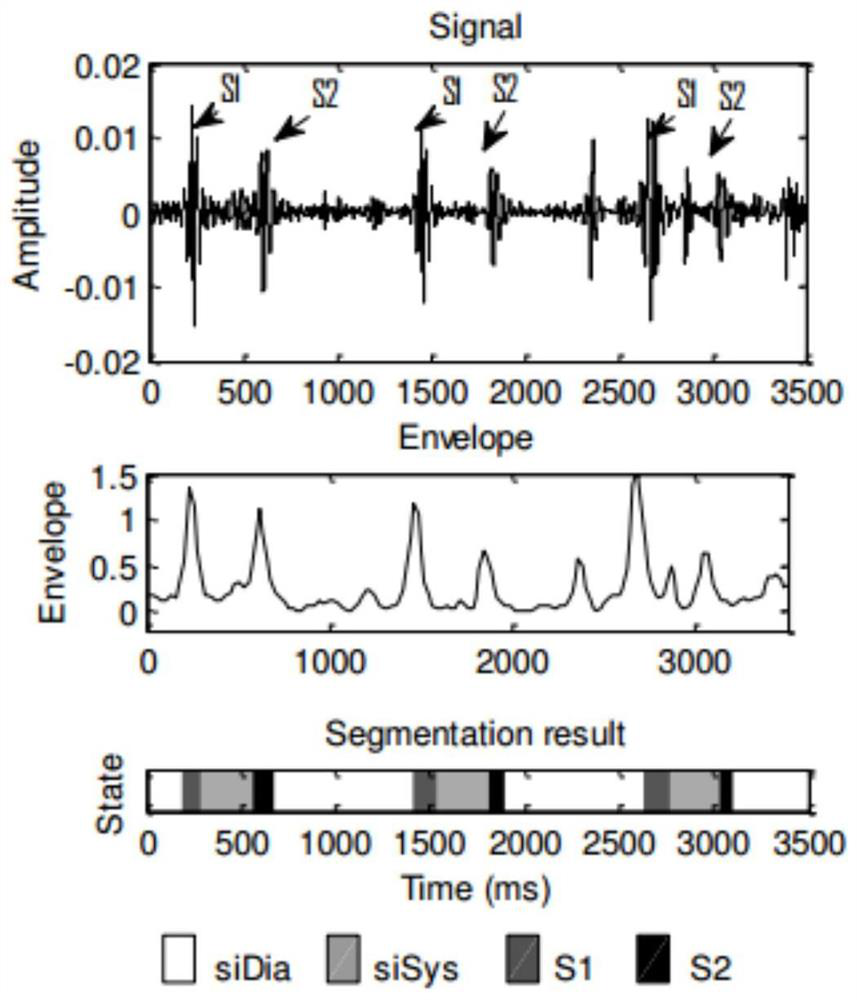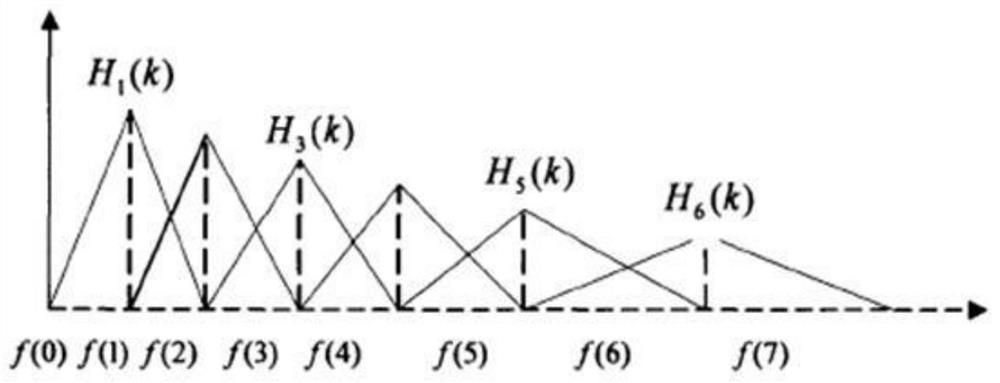Auxiliary electronic stethoscope signal discrimination method based on deep learning
An electronic stethoscope and deep learning technology, applied in the field of medical information processing, can solve problems such as lack of auxiliary functions, and achieve fine processing effects
- Summary
- Abstract
- Description
- Claims
- Application Information
AI Technical Summary
Problems solved by technology
Method used
Image
Examples
Embodiment Construction
[0084] In order to make the purpose and technical solution of the present invention clearer and easier to understand, the present invention will be further described in detail below in conjunction with the accompanying drawings and embodiments. The specific embodiments described here are only used to explain the present invention, not to limit the present invention. invention.
[0085] For the collected heart sound signal, since there are many noises, noise filtering is firstly performed through a filter. Segment the heart sound signals with different characteristics, design a calculation algorithm based on artificial neural network, and use its learning ability to learn to distinguish the different characteristics of normal and abnormal heart sound signals. It finally has the ability to judge whether the heart sound signal is normal or not, and assists the doctor to distinguish the patient's disease.
[0086] A method for discriminating signals of an auxiliary electronic ste...
PUM
 Login to View More
Login to View More Abstract
Description
Claims
Application Information
 Login to View More
Login to View More - R&D
- Intellectual Property
- Life Sciences
- Materials
- Tech Scout
- Unparalleled Data Quality
- Higher Quality Content
- 60% Fewer Hallucinations
Browse by: Latest US Patents, China's latest patents, Technical Efficacy Thesaurus, Application Domain, Technology Topic, Popular Technical Reports.
© 2025 PatSnap. All rights reserved.Legal|Privacy policy|Modern Slavery Act Transparency Statement|Sitemap|About US| Contact US: help@patsnap.com



